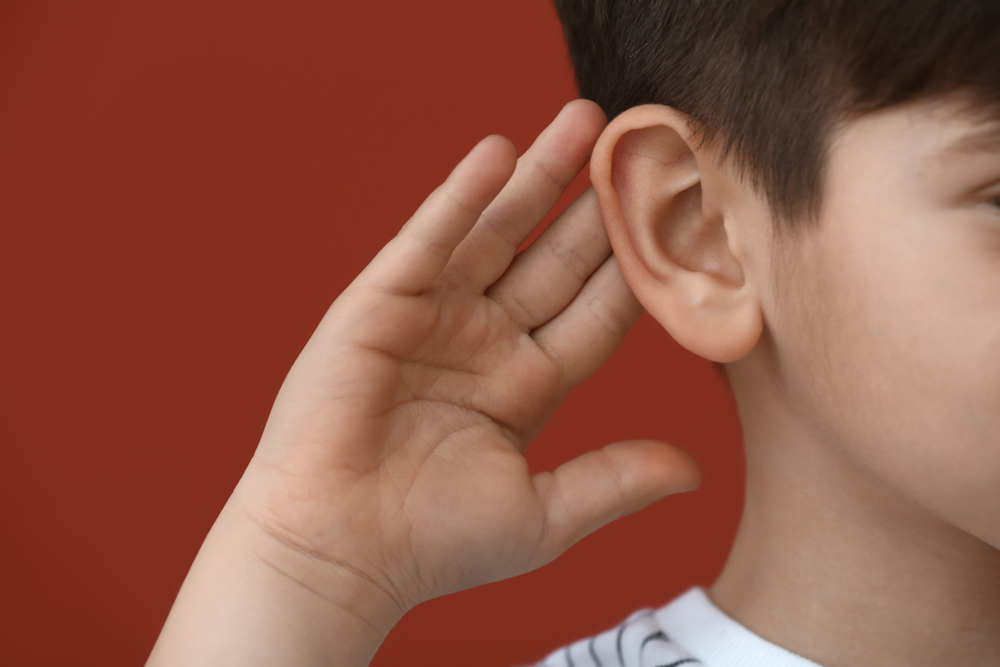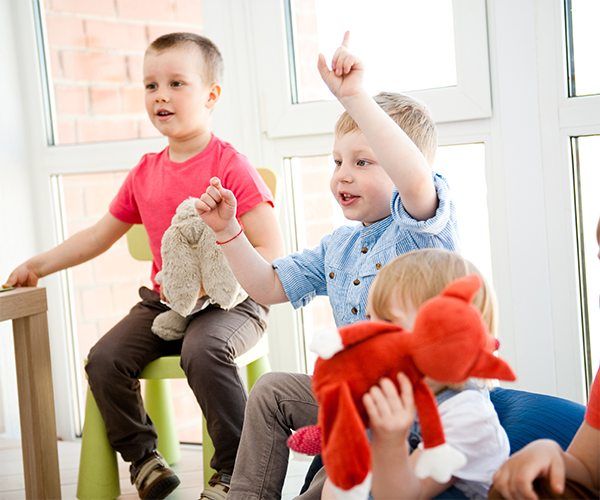How do the senses affect children with SEND?
The environment and our senses
We use our senses every day, and so we know if one suddenly isn’t working properly - a heavy cold masking the smell of burning toast for instance! So, what if our senses suddenly became super-sensitive, boosting the effects of everything we tasted, saw, touched, smelt and heard? This may become distracting, overpowering and frustrating. Anxiety, Autism and Foetal Alcohol Spectrum Disorders may distort sensitivity to the environment which, in turn, may lead to ‘sensory overload’.
Some people tolerate and manage their reaction to surroundings. Others may find them all-consuming, overwhelming and aggravating. EdPlace takes a look at how the environment can contribute to sensory overload and what can be done to make our surroundings a little more sensory neutral.
The Senses:
Sight
Schools and care providers have colourful and stimulating surroundings. Most children love this, hence the wall displays, colourful toys, pictures, labels and even bright adult clothing. But, if your child finds this visual blast overwhelming, their behaviour may change, they may try to avoid the surroundings or get upset. Completely changing these environments is impossible but there are adjustments that can be made to reduce the impact.
Having a calm ‘workstation’ in the classroom so your child knows that they can go there to escape the riot of colour, noise and bustle is a great idea. Choosing to go there when they need to and knowing that this is a good place to work on reading, writing or other focus tasks is encouraged. An area free from busy displays, perhaps facing a screen or wall where they have their visual timetable displayed and a few personal items, is best.
Consider the room lighting and how it may affect your child. Try to avoid fluorescent lights that flicker and use diffused lighting instead. Look at where the sunlight enters the window and whether glare or shadows may be creating distress. Would playing outside be more comfortable if they could wear sunglasses?
At home, use neutral, calming tones on the walls in their bedroom and keep toys, posters, electrical gadgets etc to a minimum if possible.
Taste

Food texture, taste or gastro-intestinal issues may cause eating challenges for your child. As a parent, you probably know what he/she will and won’t eat. If their eating is a cause for concern, talk to your GP who may be able to offer advice.
Mixing small amounts of different food textures in with the preferable texture is a good way to start trying new foods. Perhaps try adding herbs or spices to something that’s bland eg: mashed potato.
Play games with different types of food. Can they lick, crunch, chew, squash different foods? Make mealtimes positive and explain what different foods do for us, creating an eating environment that they’ll want to return to. Talking to their school or care provider about their food tolerances also helps prepare everybody!
Sometimes children with ASD crave sensory feedback in their mouths. Some find eating a crunchy apple or carrot provides this oral feedback and sometimes sensory chew aids help.
Smell
Autism can make children either over or under sensitive to smells. Washing powder, deodorant, air fresheners and perfumes introduce lots of different smells that may cause problems for those with ASD. Try working out which smells cause reactions by playing smelling games and avoid the problem scents. When they’re working in the classroom, are smells from the school kitchen overpowering? If their behaviour changes around lunchtime, it may be worth looking at what school could do to help this situation.
Sound

Low-level noises like the hairdryer, a buzzing fluorescent light or a humming fridge go mainly unnoticed but some children may find these sounds overpowering and relentless. Responses to particular noises often give you a clue as to what the stressor is, but some are harder to detect. Try tuning in to your child’s reactions and behaviour and look for possible triggers. Sounds are interpreted in many ways, from the distracting and annoying, to the absolute painful. Warn your child that you’re about to use the vacuum cleaner if they’re near you and gradually expose them to sounds in a controlled way eg: stay for a limited time at a firework display.
Having a pop-up tent/den under a desk with a blanket cover may help to reduce stress by offering a quiet place for your child to retreat to. Earplugs or ear defenders may help block out the noise around them and help them to focus or cope with distractions whilst they work. Talk to your child’s teacher about what can be done to prepare them for when there’s a fire drill and the bell rings loudly!
Touch
Reaction to touch depends on your child’s needs. Some don’t like to be touched at all, yet others need a bear hug, giving them pressured feedback. Children who like a ‘firm’ touch may find a weighted blanket, vest or jacket helpful for comfort or relaxation.
If they want personal space without touch, this should be respected. Make sure that friends, family, school and care providers are aware of this need too.
Removing uncomfortable clothing labels often helps and look out for textures of fabric that may cause distress or make them too warm.
In school, children often sit closer together. Maybe your child finds having another body near them upsetting? Maybe they like the closeness of another child and tend to lean on them for sensory feedback? To help children determine their own space on the carpet, a mat or ‘spot’ can sometimes be used in the classroom.
Environmental Change
Awareness of how the environment affects us all is increasing. For instance, cinemas and theatres now offer scheduled showings for customers with special needs so they can enjoy the show maybe without loud bangs, flashing lights or irritating smells. It’s impossible to meet everyone’s specific needs but we know that happiness and anxiety is improved if we consider our environment and how others will react to it!
How can EdPlace help students with SEND?
Take a look at the EdPlace SEND hub for more advice on Autism, Anxiety and Foetal Alcohol Spectrum Disorder. EdPlace has a range of different accessibility features that can assist the learning of children that require access arrangements. There are many different ways that you can customise your screen to ensure that all of the differentiated EdPlace Maths, English and Science activities on our website are accessible for all.
For more information about sensory stimulation and resources visit:
www.cheapdisabilityaids.co.uk - for sensory aids, weighted vests, blankets, ear defenders and more
https://www.autism.org.uk/about/behaviour/sensory-world.aspx - advice on sensory differences










